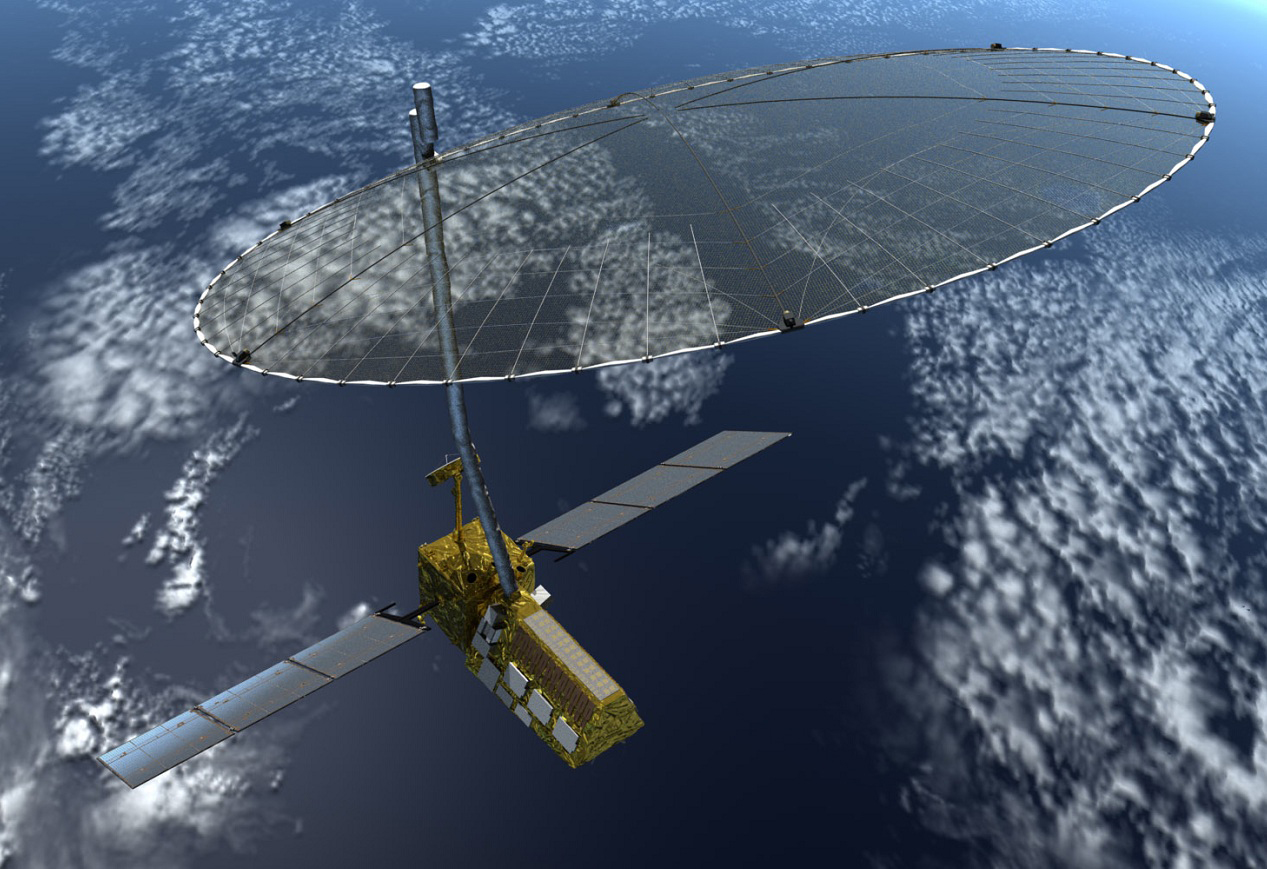Washington, D.C., NFAPost: In an unprecedented collaborative effort between NASA and the Indian Space Research Organisation (ISRO), the NISAR radar satellite mission is poised to offer groundbreaking insights into the dynamic ecosystems of forests and wetlands. Scheduled for launch in early 2024, NISAR’s advanced radar systems will conduct comprehensive scans of Earth’s land and ice surfaces, providing critical data every 12 days.
This mission is poised to revolutionize our comprehension of two vital ecosystems—forests and wetlands—whose roles in regulating greenhouse gases are paramount in addressing global climate change. Forests sequester carbon within their trees, while wetlands store it in their organic soil layers. Disruptions to either system, whether gradual or sudden, can lead to accelerated releases of carbon dioxide and methane into the atmosphere. Tracking these changes on a global scale will be pivotal in studying their impacts on the carbon cycle, which governs the movement of carbon between the atmosphere, land, oceans, and living organisms.
“The radar technology on NISAR will allow us to get a sweeping perspective of the planet in space and time,” affirms Paul Rosen, the NISAR project scientist at NASA’s Jet Propulsion Laboratory. “It can give us a really reliable view of exactly how Earth’s land and ice are changing.”
Forestry and land-use changes account for approximately 11% of human-caused greenhouse gas emissions. NISAR’s data will significantly enhance our understanding of how global deforestation influences the carbon cycle and contributes to global warming.
“Globally, we do not understand well the carbon sources and sinks from terrestrial ecosystems, particularly from forests,” notes Anup Das, ecosystems scientist and co-lead of the ISRO NISAR science team. “So we expect that NISAR will greatly help address that, especially in less dense forests, which are more vulnerable to deforestation and degradation.”
NISAR’s L-band radar signal will penetrate forest canopies, bouncing off trees and the ground below. By analyzing the reflected signal, researchers can estimate forest density in areas as small as a soccer field. With successive orbits, it can track changes such as thinning or clearing. The data, collected in various weather conditions and times of day, may also provide insights into the causes behind these changes, whether due to disease, human activity, or fire.
This capability is particularly crucial for studying vast, often cloud-covered rainforests like those in the Congo and Amazon basins, which lose millions of acres annually. The release of carbon through fire and the degradation of forests both contribute to increased atmospheric carbon dioxide levels.
The data will also refine accounting methods for deforestation, forest degradation, and growth, as countries seek to transition to more sustainable logging practices. Josef Kellndorfer, a member of the NISAR science team, emphasizes, “Reducing deforestation and degradation is low-hanging fruit to address a substantial part of the global carbon emission problem.”
Wetlands pose another carbon puzzle, holding 20 to 30% of Earth’s soil carbon despite covering only 5 to 8% of the land surface. NISAR will monitor flooding, enabling researchers to track variations in inundation over time.
By coupling NISAR’s wetland observations with separate greenhouse gas data, researchers aim to gain insights that will inform wetland ecosystem management. Bruce Chapman, a NISAR science team member and JPL wetlands researcher, underscores the importance of minimizing human impact on wetland areas to mitigate climate-related challenges.
Scheduled for launch in early 2024 from southern India, NISAR’s mission extends beyond ecosystem observation, encompassing a comprehensive study of land motion, which will aid in understanding seismic events, volcanic activity, landslides, and surface dynamics related to subsidence and uplift. Additionally, it will monitor glacier and sea ice movements and melting.
In essence, NISAR promises to revolutionize our understanding of Earth’s vital ecosystems, ushering in a new era of climate research and environmental stewardship.





